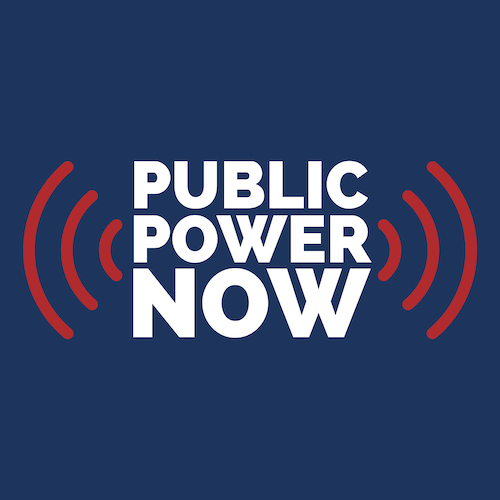The Environmental Protection Agency on September 14 issued a final rule that modifies and replaces the 2020 regulatory requirements for water quality certification under Clean Water Act section 401.
The final 2023 Clean Water Act Section 401 Water Quality Certification Improvement Rule (2023 Rule) does not apply retroactively to actions already taken under a 2020 rule.
Historically, CWA section 401 has served as a tool for states and authorized Tribes to protect the quality of their waters from any adverse effects associated with federally permitted projects.
A number of key changes have been made as a result of Executive Order 13990. According to the Administration, the purpose of the changes is to ensure a clear and predictable certification process while enabling states and Tribes to protect vital water resources.
Included among the significant modifications under EPA’s 2023 Rule is that certifying authorities may utilize pre-filing meeting requests to enable early and flexible coordination with stakeholders before the certification process even begins.
The pre-filing meeting must occur at least 30 days prior to submitting a certification request unless this requirement is shortened.
Also, the materials required for beginning the certification process are defined in order to minimize project delays.
All requests for certification must include a copy of the federal license or permit application or a copy of the draft license or permit and water quality-related materials that informed the development of the application or the draft permits.
The final rule includes a default list of seven elements that must be included in the certification request. Additionally, certifying authorities are given the authority to determine what water quality-related information should be required from those seeking certification.
In addition, actions should occur within the one-year statutory timeframe. More specifically, a reasonable period of time for the review process must be agreed upon between certifying authorities and federal agencies (i.e., promoting collaboration); otherwise, a six-month default timeline will be applied to the project.
A reasonable time for review may be extended if the certifying authority needs to meet public notice procedures and Force Majeure events or may be extended upon agreement as long as the review occurs within the one year timeframe.
The final rule clarified the scope of review, limiting the evaluation to water quality-related impacts from the activities subject to the federal license or permit, including the activity’s construction and operation.
In addition, certifying authorities may not unilaterally modify certifications but must instead collaborate with federal agencies to do so. This stipulation aims to benefit certifying authorities alongside federal agencies and project personnel by protecting water quality over the full lifespan of a project while also considering the potential reliance interests of federal agencies and project personnel.
Moreover, federal agency reviews are limited to whether the appropriate certifying authority issued the certification decisions, complied with public notice procedures for establishing CWA section 401 and if the certifying authority acted on the request within a reasonable time period.
The final rule also includes more detail and explanation in the regulatory text on the neighboring jurisdiction process under section 401(a)(2), including explaining the roles of the actors involved, defining when the neighboring jurisdiction process begins, and identifying the minimal contents of notification to EPA.
The final rule finalizes the agency’s decision not to take a position on the legality of withdrawing and resubmitting a request for certification.
EPA states that historically, certifying authorities have sometimes asked project proponents to withdraw and resubmit their request for certification to restart the certification cloak and allow more time to complete it.
The agency points out that neither the text of 401 nor Hoopa Valley Tribe v. FERC (No. 14-1271) (D.C. Cir 2019) case precludes the withdrawal and resubmission of a certification request.
EPA notes it is up to project proponents, certifying authorities, and/or possibly Federal agencies to determine on a case-by-case basis whether and when withdrawal and resubmittal of a request for certification is appropriate.
EPA does note certain limitations to their economic analysis. Chiefly, the agency did not possess robust data related to section 401 regulations that would have been necessary to perform a fully quantitative economic analysis.
Therefore, the economic analysis for the final rule is qualitative, which may not be optimal for analysis.
The final rule will become effective 60 days after publication in the Federal Register.

